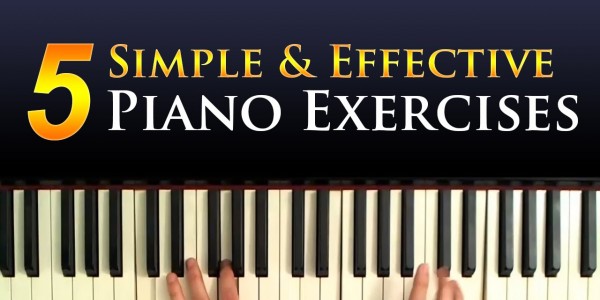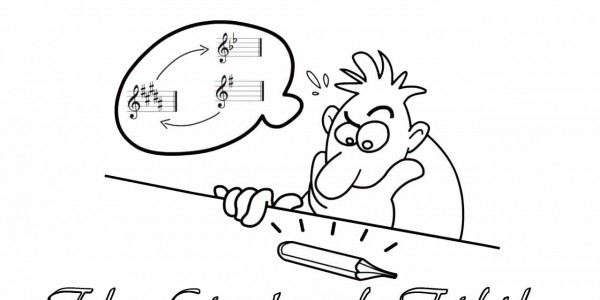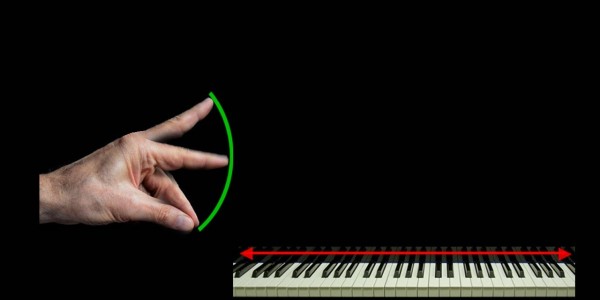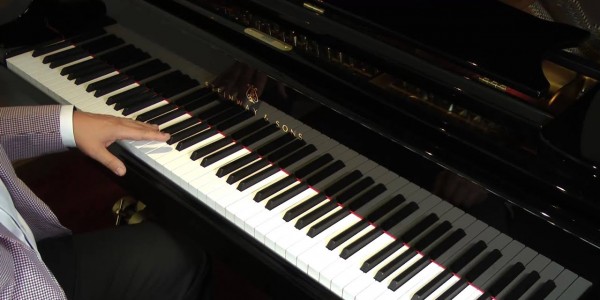In this piano tutorial I'm going to go over 5 exercises I indulge in from time to time to keep me in shape. They're great for building finger independence and strength, simple enough to be picked up by a beginner but complicated enough to challenge veterans if played sufficiently fast.
Remember to always practice slowly and with a metronome at first until you feel confident in your playing and can play each note evenly. Then slowly pick up the speed. If you're starting out, think... See More
In this piano tutorial I'm going to go over 5 exercises I indulge in from time to time to keep me in shape. They're great for building finger independence and strength, simple enough to be picked up by a beginner but complicated enough to challenge veterans if played sufficiently fast.
Remember to always practice slowly and with a metronome at first until you feel confident in your playing and can play each note evenly. Then slowly pick up the speed. If you're starting out, think long-term: it takes many months to build up technique on these, so don't rush! Remember, if you can't play it slowly, you sure can't play it fast.
#exercise #methodology #teacher #student #technique #tutorial









